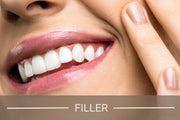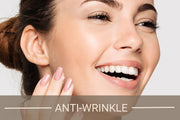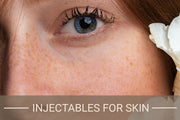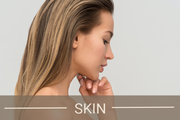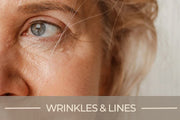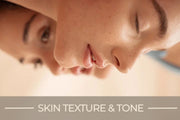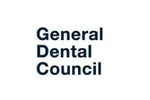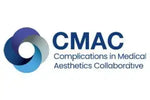Skin Pigmentation and Age Spots: Causes and Treatments
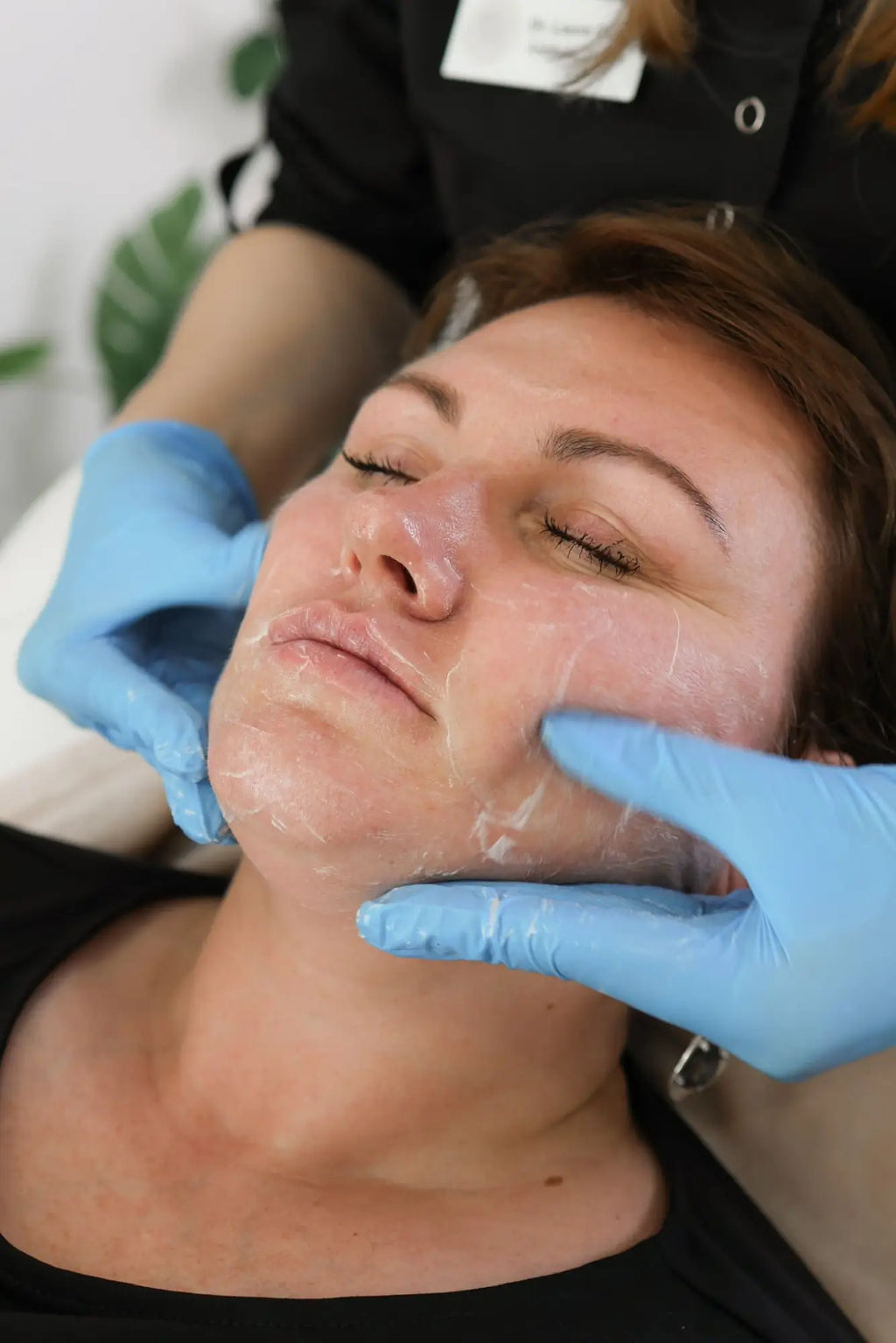
Content Verification
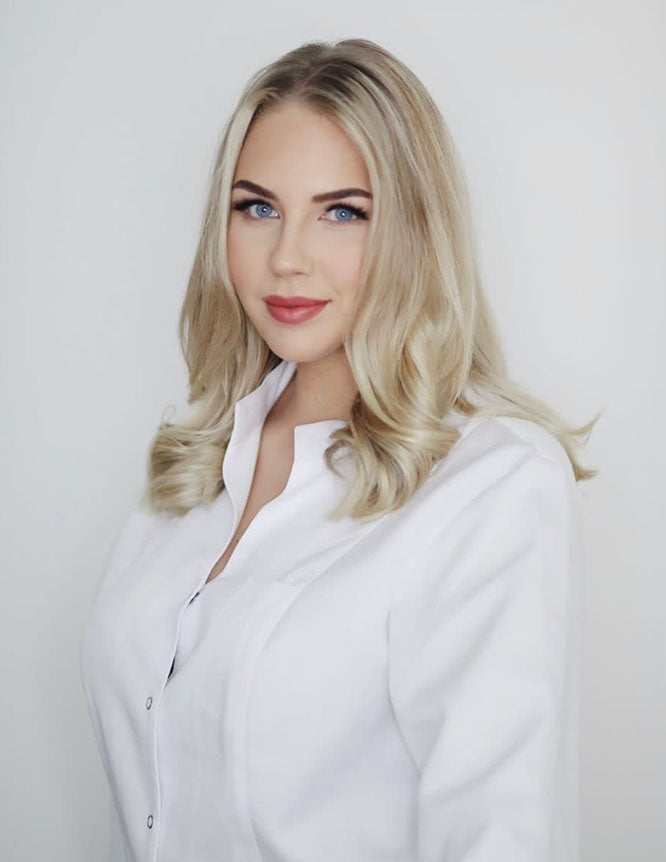


🌟 Quick Summary: Skin Pigmentation & Age Spots 🌟
☀️ Sun exposure is the sneaky culprit behind most pigmentation and age spots.
🧬 Genetics and hormones also love to play their part in uneven skin tone.
💆♀️ Treatments range from IPL to chemical peels – gentle on the skin, tough on spots!
🛡️ Prevention is key: sunscreen is your BFF, rain or shine.
⏳ Consistency and patience bring the best glow-up results.
💡 Expert Advice & Tips 💡
🔎 Always get a professional skin analysis before starting any treatment.
🧴 Regularly apply broad-spectrum sunscreen—even on cloudy days!
🍊 Use antioxidants in your skincare to help protect and repair skin damage.
⏰ Give treatments time to work – skin renewal is a marathon, not a sprint.
💬 Chat with our experts if you’re unsure – personalised advice is the way forward!
Skin pigmentation refers to changes in skin colour caused by excess or uneven melanin production. Age spots—also known as liver spots—are flat, brown patches that often appear on sun-exposed areas. These conditions are common as we age, particularly from cumulative sun damage or hormonal changes. While harmless, they can be distressing and impact self-confidence.
Many people seek solutions for skin pigmentation and age spots to restore a clearer, even-toned complexion. Understanding the underlying causes is key to choosing the right treatment and preventing recurrence. With accurate information, you can explore safe and effective options tailored to your skin.
In this article, we’ll explain the causes of pigmentation and age spots, and highlight evidence-based treatments to improve your skin.
What Is Skin Pigmentation?
Skin pigmentation refers to the colour of your skin, determined mainly by a pigment called melanin. Produced by cells known as melanocytes, melanin is responsible for giving skin, hair and eyes their colour.
Melanin also plays a key role in protecting the skin from UV damage by absorbing harmful radiation. However, when melanocytes become overactive or underactive, it can result in uneven pigmentation or discolouration.
“Melanin helps defend the skin against sun damage, but overexposure can disrupt this balance,” explains Dr Laura Geige, Medical Director and Senior Skin Expert at It’s Me & You Clinic. “This often leads to areas of darkened skin, especially on the face, hands and décolletage.”
This is why facial pigmentation and skin discolouration are most visible on sun-exposed parts of the body. Too much melanin causes hyper pigmentation (dark patches), while too little can lead to hypo pigmentation (light patches or spots).
Common Types of Pigmentation Problems
There are several types of pigmentation that affect the skin, each with distinct causes and appearances. Recognising these conditions is essential to identifying the most suitable treatment approach.
Hyper pigmentation occurs when excess melanin is produced, resulting in dark patches or uneven skin tone. Common causes include sun exposure, hormonal changes, and inflammation. Brown spots on skin, often associated with sun damage, are one of the most visible forms of hyper pigmentation.
“Hyper pigmentation is often triggered by UV radiation or hormonal activity, but it can also follow injury or acne,” says Dr Giedre Narkiene, Consultant Dermatologist. “Different forms require individual assessment to determine the safest and most effective treatment.”
Hypo pigmentation is the loss or reduction of melanin, leading to lighter patches of skin. This can result from burns, infections, or certain skin disorders.
Melasma is a type of pigmentation often linked to hormonal changes, particularly during pregnancy or with contraceptive use. It appears as symmetrical, brownish patches, mostly on the face.
Post-inflammatory hyper pigmentation (PIH) happens after skin trauma or inflammation, such as acne or eczema.
Sunspots, also called solar lentigines, are caused by long-term sun exposure. They are flat, clearly defined brown marks, typically found on the face, hands, and shoulders.
What Causes Age Spots and Pigmentation?
Understanding what causes age spots and pigmentation is essential for prevention and treatment. These skin changes are usually triggered by a combination of environmental and internal factors.
The most common cause is sun exposure. UV radiation stimulates melanin production, which can result in sun damage skin spots over time. These often appear on areas frequently exposed to sunlight, such as the face, hands and forearms.
“Chronic sun exposure is a leading cause of uneven pigmentation,” explains Dr Snieguole Geige, Medical Doctor and Senior Adviser. “UV damage builds up over the years, eventually showing up as age spots or discolouration.”
Hormonal changes, such as those during pregnancy or menopause, can also trigger pigmentation conditions like melasma. The ageing process itself leads to slower skin regeneration and uneven melanin distribution.
Inflammation from skin injuries, acne or certain dermatological conditions may also result in post-inflammatory hyper pigmentation. Genetics influence how much melanin your skin produces and how it responds to sun and inflammation.
Lifestyle factors, including smoking, stress and poor skin care habits, may exacerbate existing pigmentation problems. Identifying and addressing the underlying cause is key to managing pigmentation effectively and safely.
Effective Treatments for Skin Pigmentation and Age Spots
There are a variety of evidence-based treatments that can improve pigmentation and reduce the appearance of age spots. The best approach often depends on the underlying cause, skin type, and treatment goals.
Topical Treatments
Topical treatments are often the first step in managing mild pigmentation. Ingredients such as retinoids, niacinamide, and vitamin C can help brighten the skin and regulate melanin production.
The Obagi Nu-Derm System is a prescription-strength skincare regimen that targets hyper pigmentation and improves skin tone over time. It combines exfoliants, antioxidants, and lightening agents.
“Medical-grade skincare systems can gradually even skin tone, especially when combined with professional guidance,” says Dr Giedre Narkiene. “However, results are typically slower and require consistent use.”
Topical treatments are ideal for those with mild pigmentation or as maintenance following clinical procedures.
Professional Treatments
In-clinic options offer more intensive solutions for moderate to severe pigmentation or brown spots on skin.
Moxi Laser is a non-ablative laser treatment that targets early signs of sun damage and uneven pigmentation. It works by stimulating skin renewal with minimal downtime and is suitable for all skin types.
Intense Pulsed Light (IPL), also known as photo rejuvenation, uses broad-spectrum light to break down excess melanin. It is particularly effective for sun damage skin spots and redness.
“IPL treatments can target pigmentation at different depths without damaging surrounding tissue,” explains Dr Laura Geige. “Patients often see improvement in skin clarity and tone after a few sessions.”
Forever Young BBL is an advanced form of light therapy using broadband light. It targets pigmentation while also promoting collagen, making it popular for long-term skin maintenance.
Genuine Dermaroller therapy, or microneedling, stimulates collagen production and enhances product absorption. When used appropriately, it can reduce facial pigmentation and post-inflammatory hyper pigmentation.
These treatments should always be performed by trained professionals after a thorough skin assessment.
Natural and At-Home Remedies
Some individuals explore home remedies using ingredients like aloe vera, liquorice extract, or green tea for mild pigmentation. While these options may have antioxidant properties, results are often limited and vary by individual.
Home treatments should be used with caution, especially on sensitive or broken skin. They may complement clinical treatments but should not replace professional advice or medically approved care.
When to See a Dermatologist
While most pigmentation is harmless, some signs may indicate a more serious condition, such as melanoma. If you notice persistent or worsening dark spots, changes in colour, size, or shape, or any lesions that bleed or itch, seek medical advice promptly.
“It’s important not to self-diagnose pigmentation issues, especially if spots are irregular or rapidly changing,” says Dr Snieguole Geige. “Only a qualified professional can rule out serious skin conditions through proper examination.”
You should see a dermatologist for pigmentation if over-the-counter products or treatments are ineffective. A specialist can identify the cause and recommend safe, evidence-based solutions.
The Bottom Line
Skin pigmentation and age spots can result from sun exposure, hormonal changes, ageing, or inflammation. Thankfully, effective treatments—from topical products to advanced clinical procedures—can help restore an even skin tone. Preventive skincare, especially daily sun protection, is essential in reducing future pigmentation. Early intervention often leads to better and longer-lasting outcomes. If you’re concerned about persistent or changing spots, consult a qualified medical professional for a personalised diagnosis and treatment plan tailored to your skin.
Disclaimer: This article is for informational purposes only and does not constitute medical advice. Please consult your GP or a qualified dermatologist for personalised guidance.
